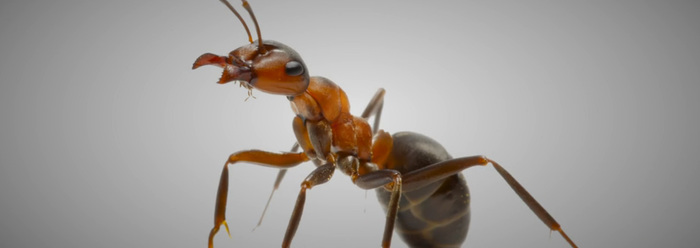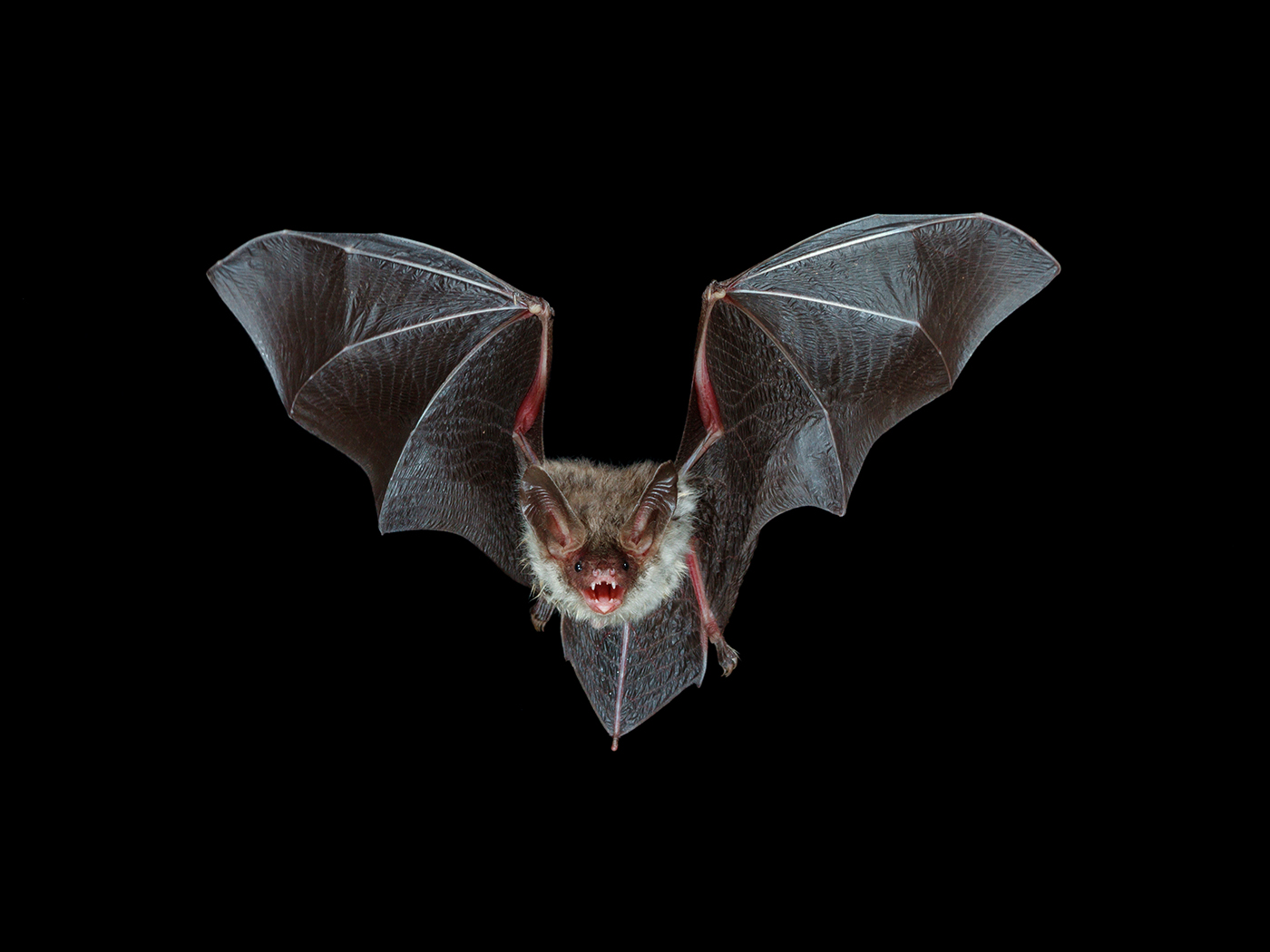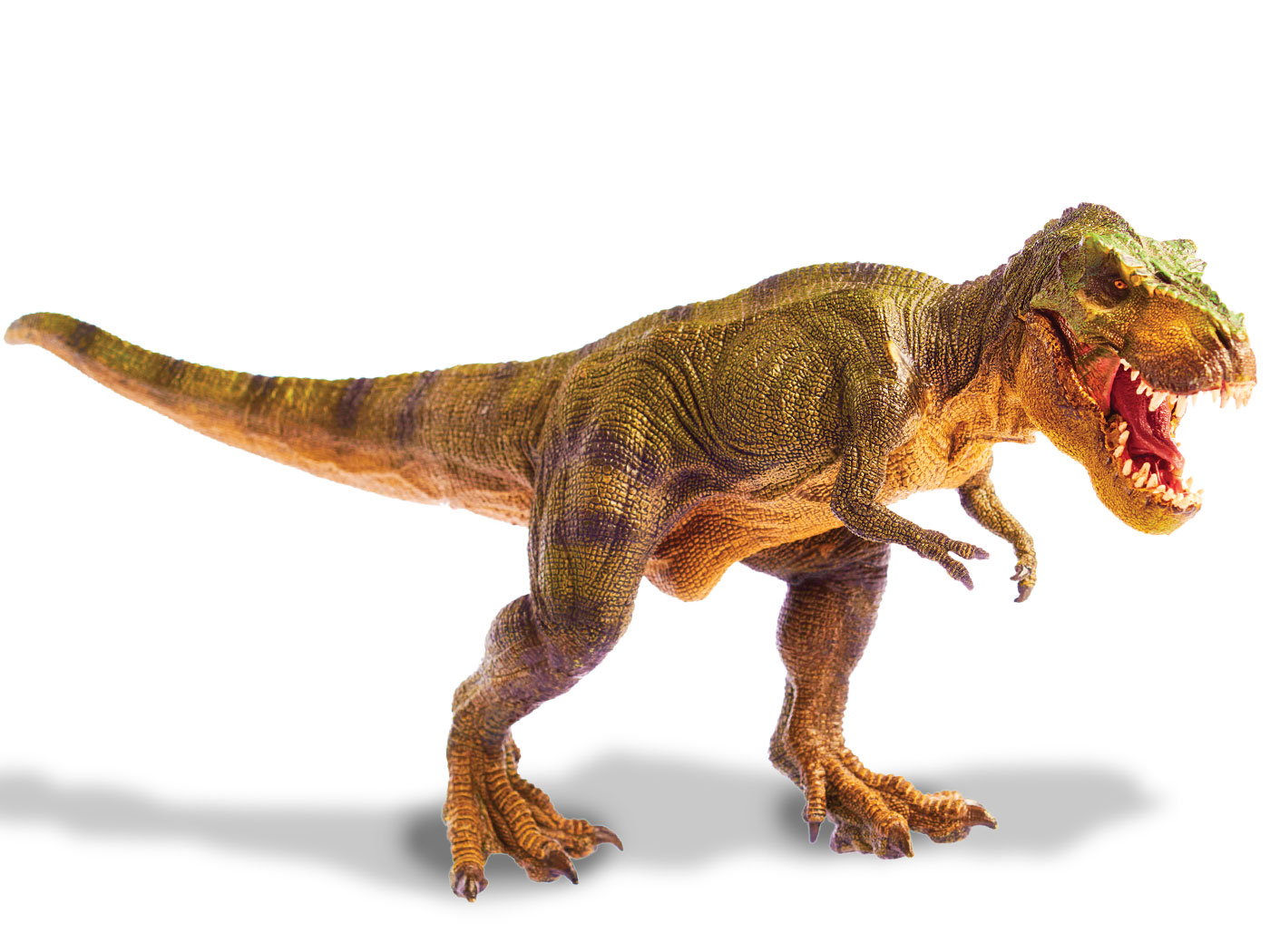After my recent university lecture on scientific creationism, a student referenced a Bible passage in Leviticus regarding insects to imply that the Bible contained errors and that Christianity and creation thinking are false.
The passage? "Yet these may ye eat of every flying creeping thing, that goeth upon all four, which have legs above their feet, to leap withal upon the earth; (including) the locust . . . the beetle . . . and the grasshopper after his kind" (Leviticus 11:21,22). Tucked within a list of dietary regulations for the people of Israel, it refers to a number of animals whose exact identification is obscured by antiquity. But let's look closely.
First, we must recognize that modern day taxonomic categories, like species, genus, family, etc., are not the same as the Biblical "kind." Even the term "creeping thing" finds wide application meaning, in general, small animals which exist in great numbers. In this chapter it is used for insects (v. 21), various small mammals and reptiles (vv. 29,30), as well as animals which "move" in the ocean (v. 10).
Likewise the term "flying" applies both to flying insects and birds (vv. 13-19). Obviously, the context and description must take precedence in identification, and in this case, the "four legged insect" applies, in particular, to the grasshopper/locust kind.
In our modern classification system, all insects have at least six legs. They are members of the large and varied arthropod phyla, which includes also the eight-legged spiders, the multi-legged centipedes, as well as crabs—anything with segmented legs. Some insects also have wings, but these don't count as legs.
Today, locusts are considered migratory grasshoppers. They all have two large hind legs, quite different in appearance, size, and function from the front four legs. Their front legs are used for "crawling, clinging, and climbing," while their back legs rest "above" their front legs and feet, and are used for "jumping." Furthermore, the Hebrew word translated "beetle" actually comes from the verb "to leap," implying a similar leaping insect, not our modern beetle. Thus, the Biblical description of grasshoppers turns out to be exactly anatomically correct. Far from being an embarrassment to Bible believers, this passage bears sterling testimony to the accuracy and inspiration of Scripture. As always, arguments which claim that the Bible is wrong are themselves wrong, and the Bible still stands!
It was interesting that when the student made the claim of the Bible's error, it followed my 90-minute lecture on the scientific evidence for creation. I had not directly mentioned the Bible. The question, as were several others, was a smoke screen——an effort to sidestep the issue. But even if the Bible has an error (which it doesn't), that still doesn't produce transitional fossils, or identify beneficial mutations, or account for the exquisite design in living things. Such diversionary tactics are really a futile attempt to avoid the personal implications of creation.
For if creation is true and the Bible is trustworthy, then the Creator has authority over our lives and lifestyles, and someday we must stand before our Maker and give account for our actions and choices. And that is the real issue. No smoke screen can cancel that appointment.
*Dr. John Morris is President of ICR.






















